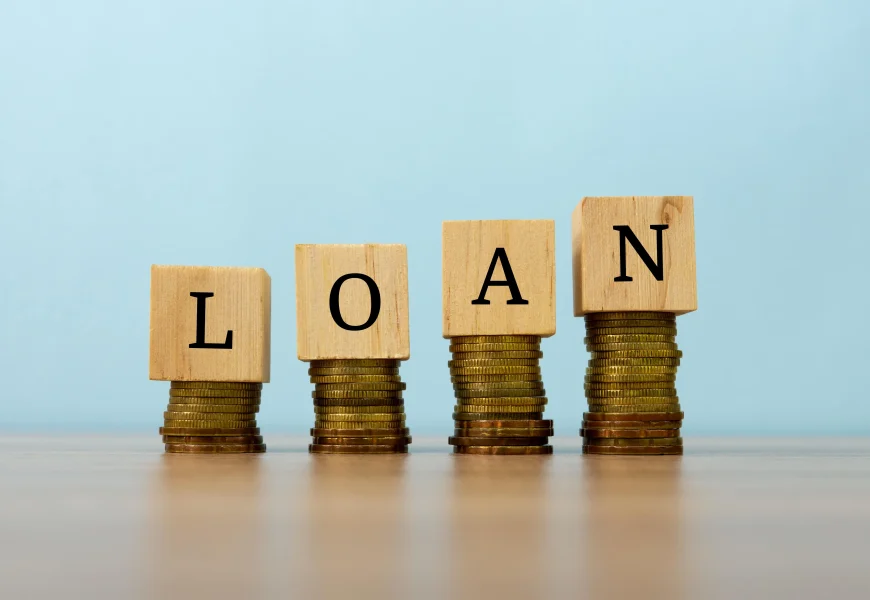When emergencies strike or an unexpected expense crops up, securing a personal loan for 1 month can serve as an expedient financial solution. Understanding the nuances of such short-term credit, especially interest rates and fees, becomes crucial to make a sound financial decision. This article delves into key considerations when opting for a personal loan for 1 month, outlining the elements around interest and fees.
Understanding a Personal Loan for 1 Month
A personal loan for 1 month is a short-term financial advance arranged to be repaid within a 30-day time frame. Typically, these loans are distinguished by their immediate access and high-interest rates due to the brief duration involved. They cater to urgent financial needs such as medical bills, car repairs, or temporarily bridging the gap until your next paycheck.
Who Offers Personal Loans for One Month?
Short-term personal loans are usually offered by banks, credit unions, and online lenders. Each source has its criteria, interest rates, and fee structures. While banks and credit unions may offer more competitive interest rates, online lenders are known for their quick approval processes and minimal documentation requirements.
Banks and Credit Unions
Traditional financial institutions, though reliable, may have stringent credit scores and documentation criteria. They often offer more stable and competitive interest rates that can suit individuals with strong credit histories.
Online Lenders
Online lenders facilitate a quicker application and approval process, making them a go-to for borrowers needing immediate funds. However, the convenience usually comes at the cost of higher interest rates and processing fees.
Key Considerations: Interest Rates for a Personal Loan for 1 Month
Interest rates on a personal loan for 1 month can significantly impact the overall cost of borrowing. Here’s what you need to know:
1. Annual Percentage Rate (APR)
Although your loan tenure is just one month, lenders will often quote an Annual Percentage Rate (APR). APR includes both interest costs and any additional fees. When converting the APR to a monthly rate, divide the annual rate by 12.
2. Simple Interest vs. Compound Interest
Determine if the interest is calculated as simple interest or compound interest. Simple interest is only calculated on the principal amount, while compound interest includes interest on both the principal and accumulated interest. For a one-month loan, simple interest often means lower payments.
3. Fixed vs. Variable Rate
Fixed-rate loans keep the same interest rate throughout the term, making it predictable. Variable rates can fluctuate, which could affect the cost of the loan if the rate increases during the month.
Essential Fees Associated with a Personal Loan for 1 Month
In addition to interest, several fees can add to the cost of your short-term loan:
1. Origination Fees
Lenders may charge origination fees for processing the loan. This is a one-time fee taken either upfront or included in the loan amount. It can vary from 1% to 8% of the loan amount.
2. Late Payment Fees
If the loan is not repaid within the stipulated period, late payment fees can apply, adding to the total cost and potentially affecting your credit score.
3. Prepayment Penalties
Some lenders charge a prepayment penalty for settling the loan before the due date. Check if your lender imposes this fee as paying off your loan early could otherwise save on interest costs.
4. Loan Administration Fees
Certain lenders might also charge loan administration fees to cover the costs associated with managing your loan.
How to Minimize Costs When Opting for a Personal Loan for 1 Month
1. Shop Around for the Best Rates
Compare offers from multiple lenders, both traditional and online, to find the most competitive rates and lower fees.
2. Check for Promotions
Some lenders may offer discounted rates or fee waivers as part of promotional offers. Make sure to inquire about any current or upcoming promotions.
3. Improve Your Credit Score
A higher credit score often leads to lower interest rates. Before applying, review your credit report and address any inaccuracies or overdue debts.
4. Negotiate Terms
Don’t hesitate to discuss and negotiate terms with lenders. You may be able to reduce fees or secure a lower interest rate.
Alternatives to a Personal Loan for 1 Month
1. Overdraft Protection
Some banks offer overdraft protection as an alternative to a personal loan for 1 month. This service can cover short-term cash shortages, though it may come with its own fees and interest rates.
2. Credit Card Cash Advance
A credit card cash advance could be another short-term option. Be mindful of the higher interest rates on loan and advance.
3. Borrowing from Family or Friends
Asking for a short-term loan from family or friends can be an alternative; just ensure clear terms to maintain the relationship.
Conclusion
Opting for a personal loan for 1 month can be a practical solution for urgent financial needs. However, it’s crucial to understand the intricacies associated with such loans, including interest rates, fees, and potential alternatives. By carefully comparing lenders, considering promotions, and leveraging your credit score, you can minimize costs and make a well-informed decision. Always read the fine print and comprehend all terms before committing to ensure that the loan serves as a beneficial bridge rather than a financial burden.









